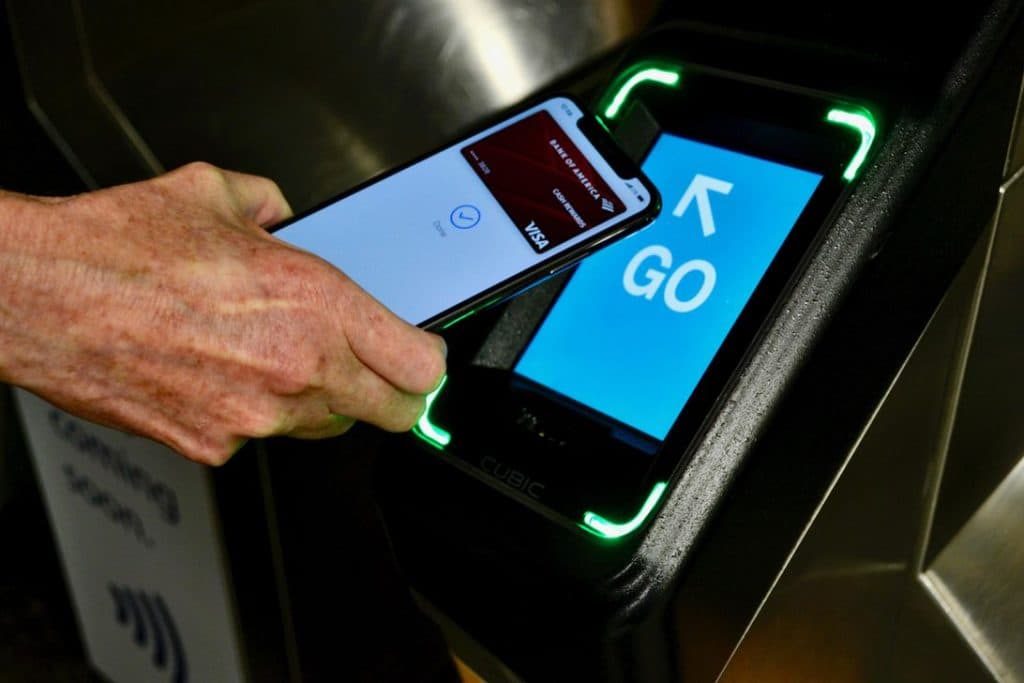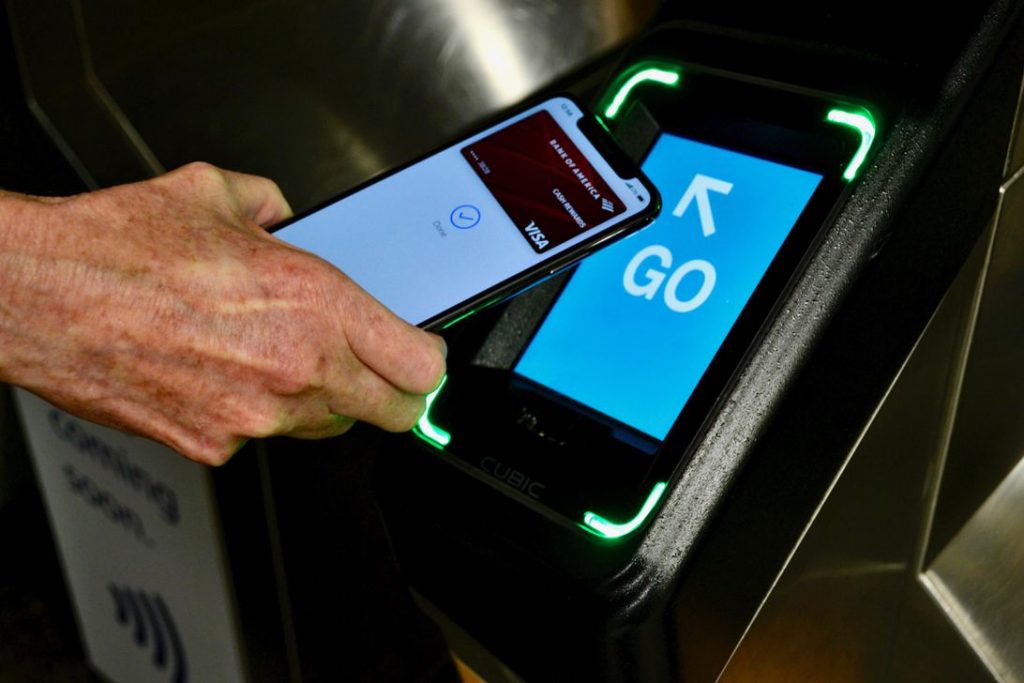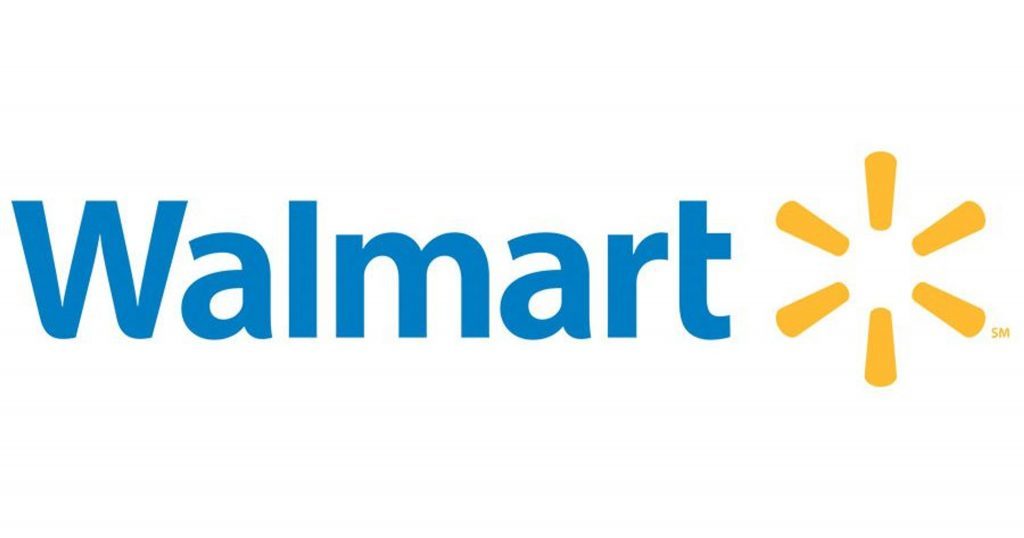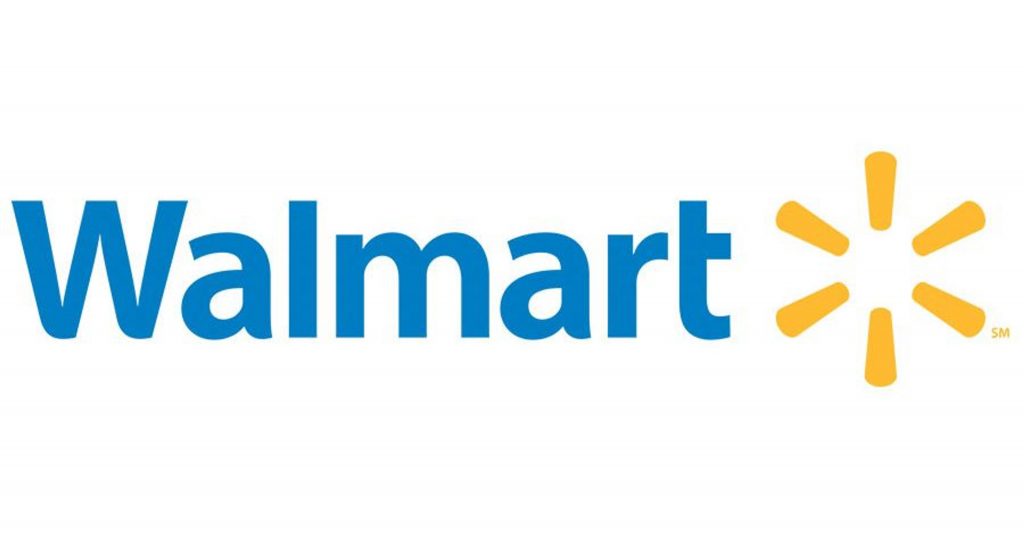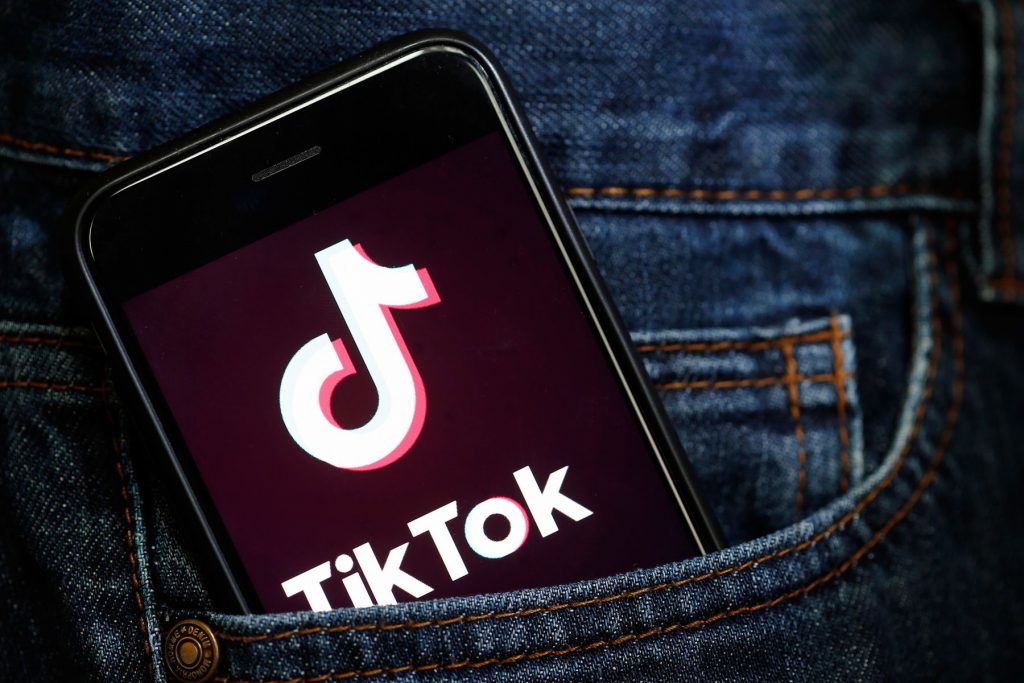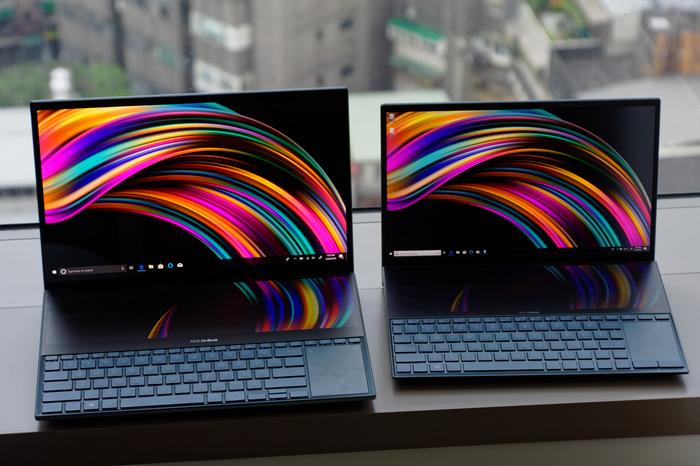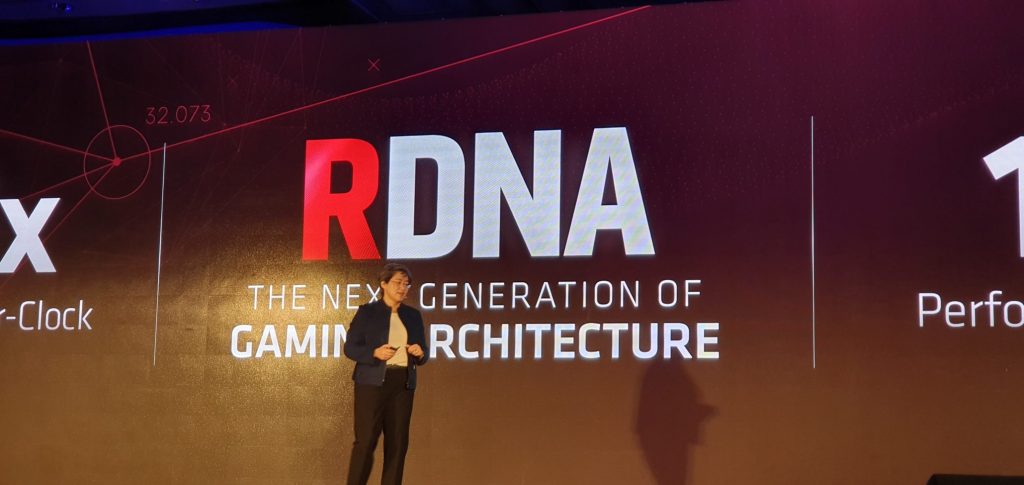Mediatek to Bring a Premium 5G Chip to Empower the Cheaper Next-gen Smartphones
The Taiwan based semiconductor company, MediaTek, has announced a 5G processor at Computex event, currently happening in Taiwan. The company has become the first to be launching a 7nm System-on-a-Chip (SoC) with an integrated 5G modem. In fact, the new chip will also have the company’ newly announced Cortex-A77 cores and new Mali-G77 GPU.
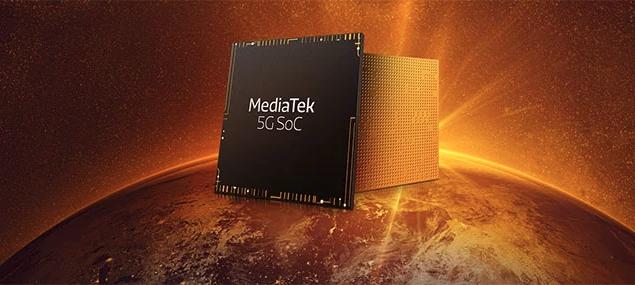
The announcement seems to be quite unusual and un-prepared one, as the company did not give any details on the name, price, or its specifications, rather it focussed on how fast the chip is going to be. According to the company, the chip will be able to support 4.7Gbps download as well as 2.5Gbps speeds. It has also got support for Standalone (SA) and Non-Standalone (NSA) 5G infrastructure along with sub-6GHz spectrum.
The SoC is integrated with MediaTek Helio M70 5G modem and provides intelligent power management as well as support for all 2G, 3G, 4G, 5G. It also renders dynamic power sharing to offer the best connectivity. The chipset is also enabled to provide support for camera up to 80MP and is able to encode/decode 4K videos at 60fps.
“Everything about this chip is designed for the first wave of flagship 5G devices. The leading-edge technology in this chipset makes it the most powerful 5G SoC announced to date and puts MediaTek at the forefront of 5G SoC design. MediaTek will power rollouts of 5G premium level devices.” said Joe Chen, the President at MediaTek.
The chipset is going to be its kind and will challenge one of the biggest semiconductor company Qualcomm in the premium smartphone market. Though the latter has been the leader in the chipset manufacturing industry, empowering both modems and processors for computers and mobiles, with the new SoC, MediaTek has become quite confident on the challenging part. It also expects to power the first wave of high-end 5G smartphones to be released in 2020.
According to the company, it will release the samples of the new chipset for its client by Q3 2019, and it may be empowering many commercial 5G smartphones in the first quarter of 2020.

Yashica is a Software Engineer turned Content Writer, who loves to write on social causes and expertise in writing technical stuff. She loves to watch movies and explore new places. She believes that you need to live once before you die. So experimenting with her life and career choices, she is trying to live her life to the fullest.
